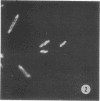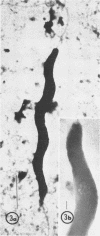Abstract
Colonization by indigenous microorganisms of the mucosal epithelia of the large bowels of suckling mice was followed by microbial culture techniques and by light, fluorescence, and electron microscopy. Certain microbes colonize in distinctive patterns the cecal and colonic epithelia in these mice. Coliforms and enterococci colonize the large bowel 7 to 9 days after birth and reach high population levels during the second week. During that period, these facultative anaerobes can be detected by immunofluorescence techniques in microcolonies in the mucin on the epithelium. During the third week, however, after their populations decline to the low levels characteristic of adult mice, coliforms and enteroccoci can be observed only infrequently in the mucous layer. Anaerobic fusiform-shaped bacteria appear in the mucous layers along with the microcolonies of enterococci and coliforms during the second week after birth. These anaerobes increase in numbers in the mucin until they form thick layers on the mucosal epithelium by the end of the third week. They remain in the mucous layer throughout the life of the normal mouse. Anaerobic spiral-shaped microbes also colonize the mucous layer on the cecal and colonic epithelium. But these organisms can be detected by immunofluorescence in 1-week-old mice, well in advance of the time the fusiform-shaped bacteria can be found. In the second week, the latter microbes co-inhabit the mucous layer with the spiral-shaped organisms. The fusiform- and spiral-shaped microbes remain associated in the mucin on the cecal and colonic mucosal epithelia into the adult life of mice.
Full text
PDF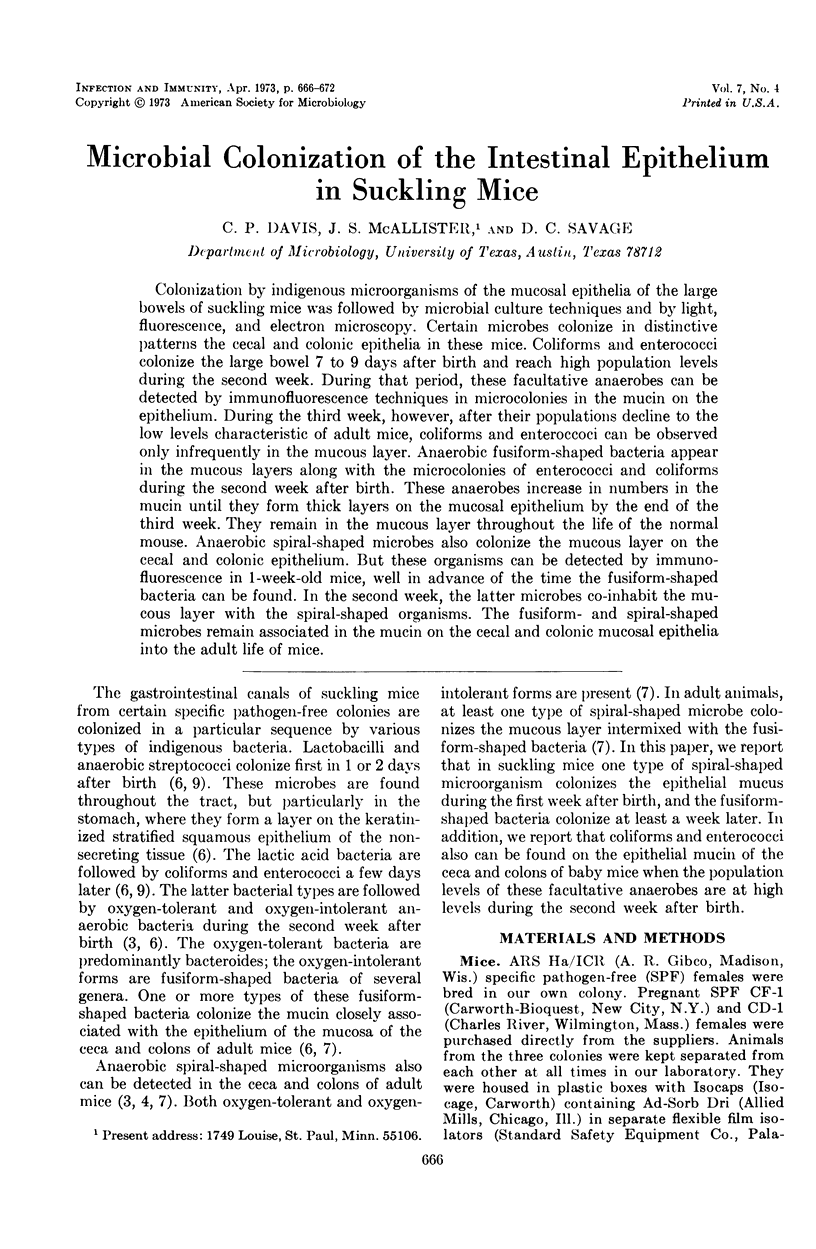

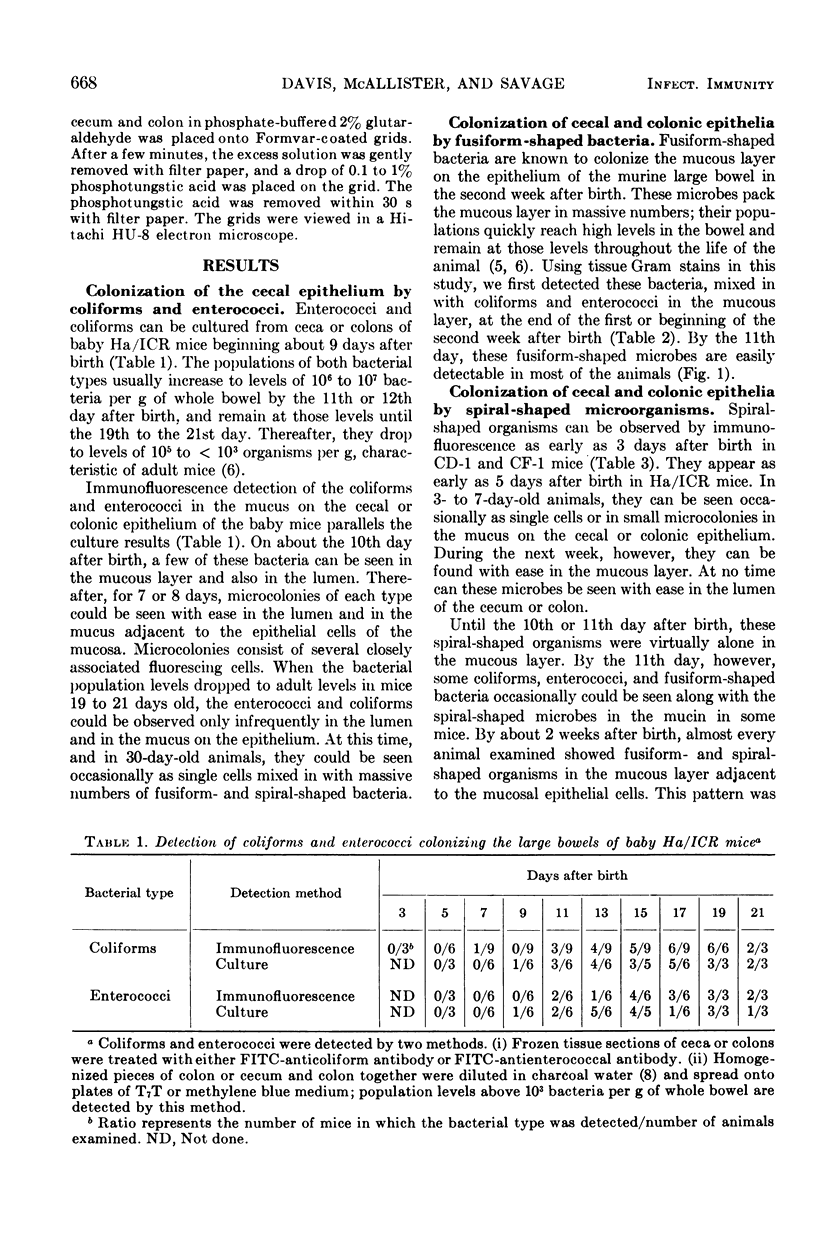

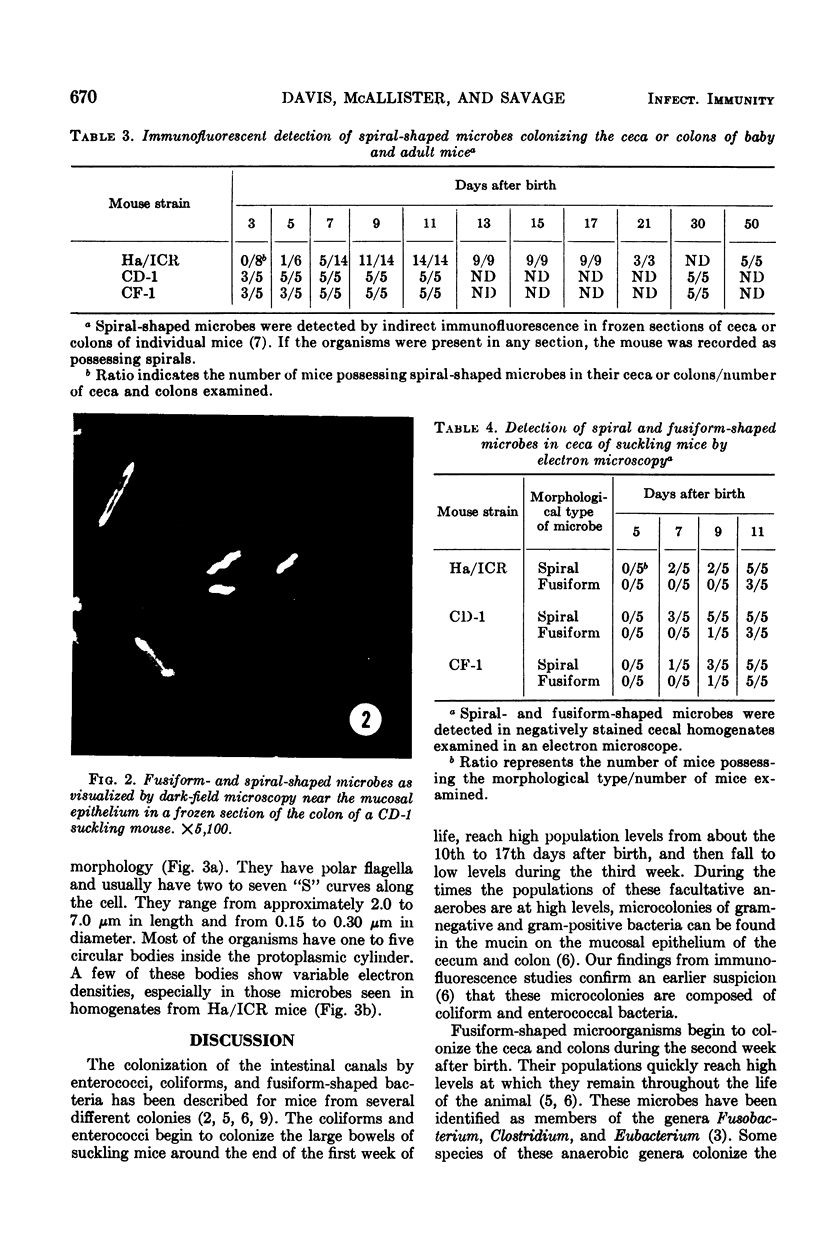
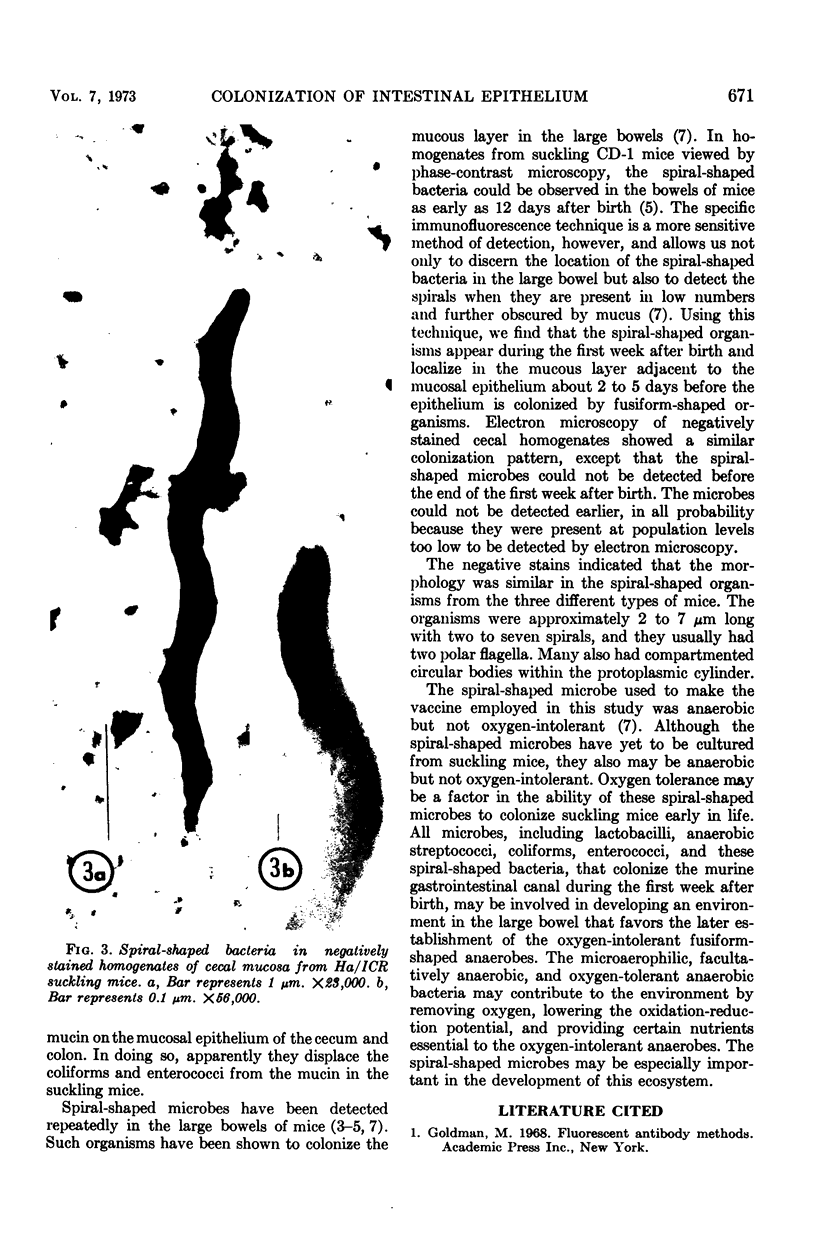
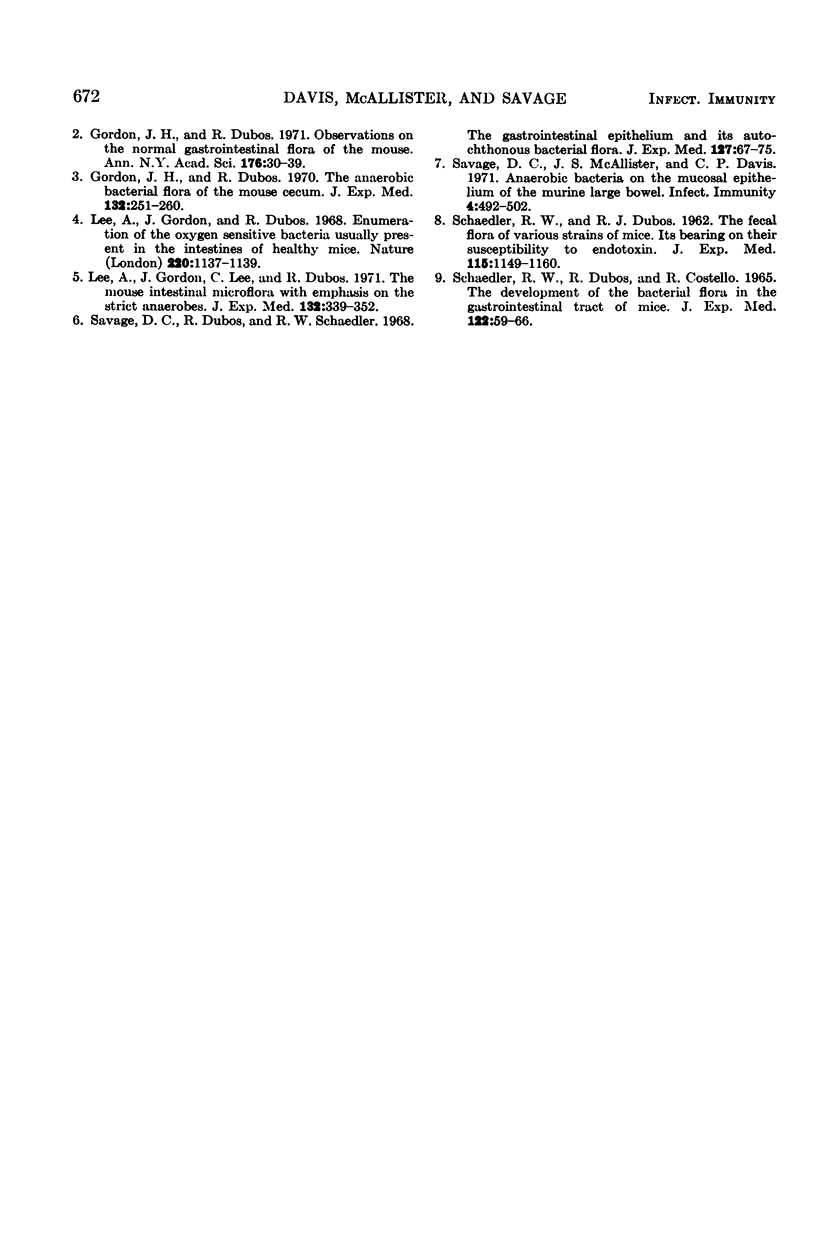
Images in this article
Selected References
These references are in PubMed. This may not be the complete list of references from this article.
- Gordon J. H., Dubos R. The anaerobic bacterial flora of the mouse cecum. J Exp Med. 1970 Aug 1;132(2):251–260. doi: 10.1084/jem.132.2.251. [DOI] [PMC free article] [PubMed] [Google Scholar]
- Lee A., Gordon J., Dubos R. Enumeration of the oxygen sensitive bacteria usually present in the intestine of healthy mice. Nature. 1968 Dec 14;220(5172):1137–1139. doi: 10.1038/2201137a0. [DOI] [PubMed] [Google Scholar]
- Lee A., Gordon J., Lee C. J., Dubos R. The mouse intestinal microflora with emphasis on the strict anaerobes. J Exp Med. 1971 Feb 1;133(2):339–352. doi: 10.1084/jem.133.2.339. [DOI] [PMC free article] [PubMed] [Google Scholar]
- SCHAEDLER R. W., DUBOS R. J. The fecal flora of various strains of mice. Its bearing on their susceptibility to endotoxin. J Exp Med. 1962 Jun 1;115:1149–1160. doi: 10.1084/jem.115.6.1149. [DOI] [PMC free article] [PubMed] [Google Scholar]
- SCHAEDLER R. W., DUBOS R., COSTELLO R. THE DEVELOPMENT OF THE BACTERIAL FLORA IN THE GASTROINTESTINAL TRACT OF MICE. J Exp Med. 1965 Jul 1;122:59–66. doi: 10.1084/jem.122.1.59. [DOI] [PMC free article] [PubMed] [Google Scholar]
- Savage D. C., McAllister J. S., Davis C. P. Anaerobic bacteria on the mucosal epithelium of the murine large bowel. Infect Immun. 1971 Oct;4(4):492–502. doi: 10.1128/iai.4.4.492-502.1971. [DOI] [PMC free article] [PubMed] [Google Scholar]




